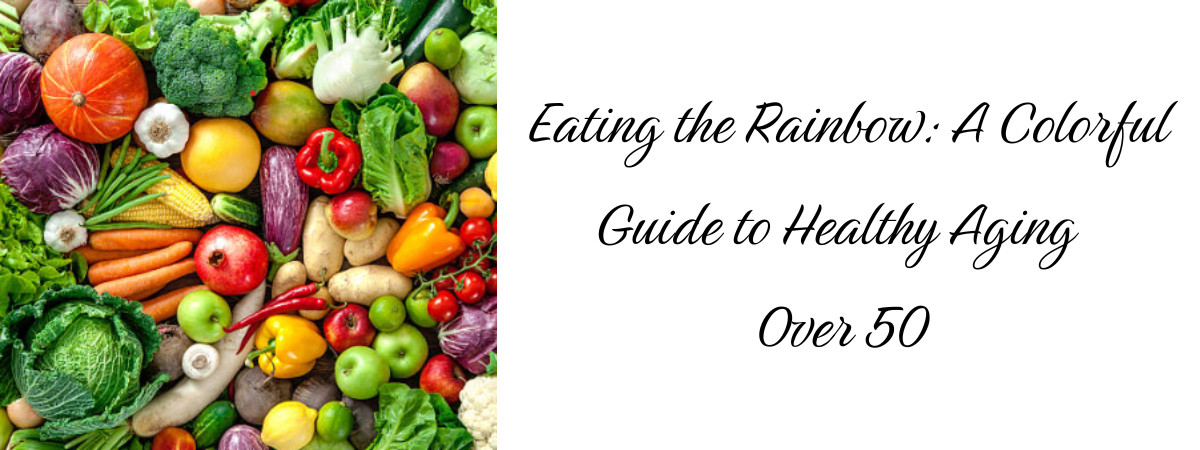
As we age, our nutritional needs shift, making it even more important to nourish our bodies with a variety of whole foods. One of the best ways to ensure we’re getting a wide range of essential nutrients is by “eating the rainbow”—consuming fruits and vegetables of different colors. Each color represents a unique set of vitamins, minerals, and antioxidants that support overall health, from brain function to heart health and everything in between.
Let’s explore the benefits of each color, supported by scientific research, and enjoy a delicious recipe for each group to help you incorporate more vibrant foods into your daily meals.
🌶️ Red Foods: Heart Health & Anti-Inflammation
Red fruits and vegetables are rich in lycopene, anthocyanins, and vitamin C, all of which support heart health, reduce inflammation, and lower the risk of chronic diseases like cancer and high blood pressure.
Key Nutrients in Red Foods:
- Lycopene: Found in tomatoes and watermelon, supports heart health and protects against certain cancers. [1]
- Anthocyanins: Present in strawberries, cherries, and red cabbage, these compounds have anti-inflammatory and neuroprotective effects.[2]
- Vitamin C: Supports immune function and collagen production for skin and joints. [3]
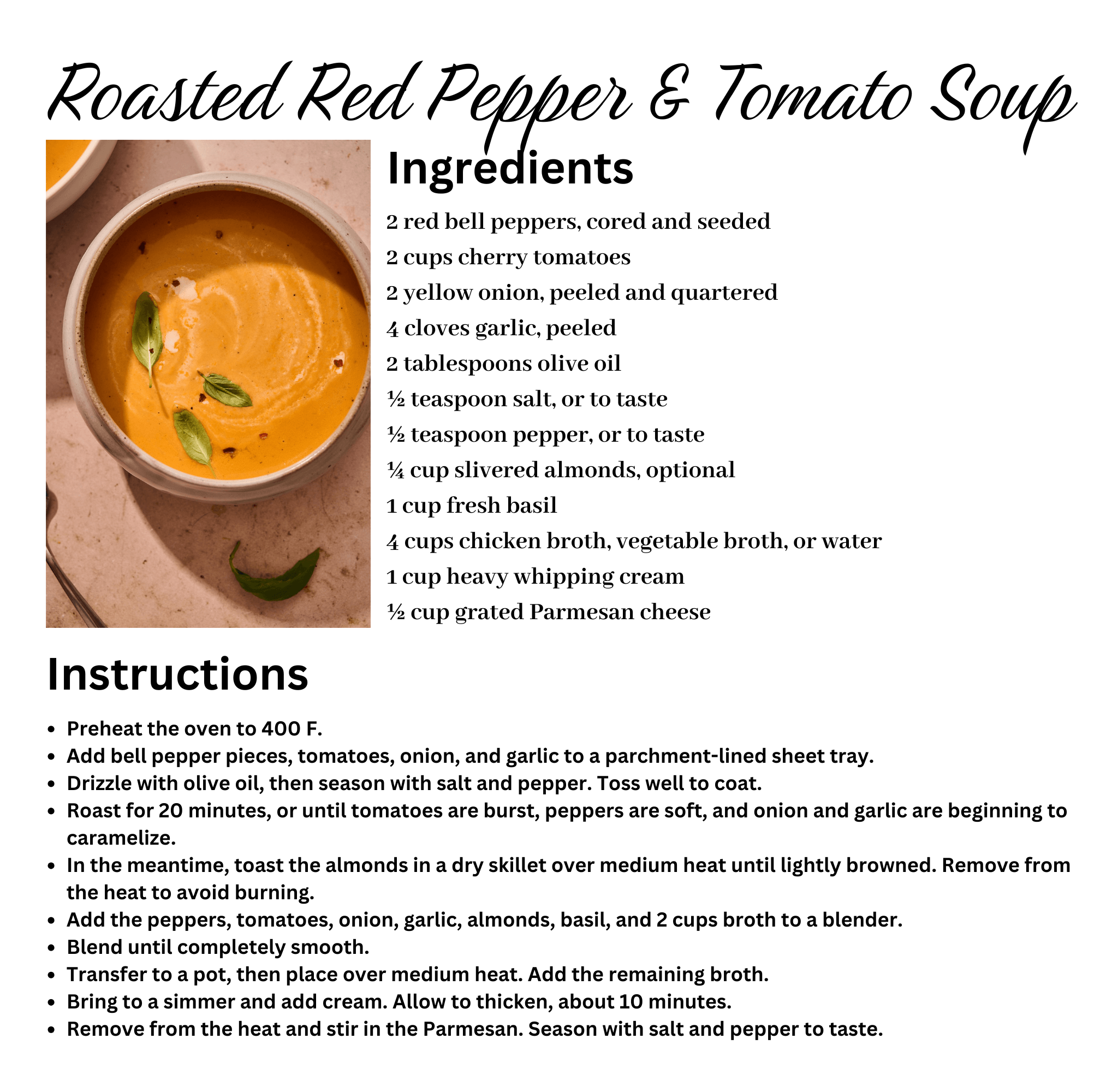
Credit for Recipe and Photos: Michelle McGlinn, https://www.michellemcglinn.com/
Bright orange and yellow foods contain beta-carotene, vitamin C, and flavonoids, which support vision, boost immunity, and promote skin health.
Key Nutrients in Orange & Yellow Foods:
- Beta-carotene: Converts to vitamin A and is essential for eye health. [4]
- Vitamin C: Strengthens the immune system and improves skin elasticity.[5]
- Flavonoids: Found in citrus fruits like oranges and lemons, these compounds protect against heart disease and inflammation. [6]
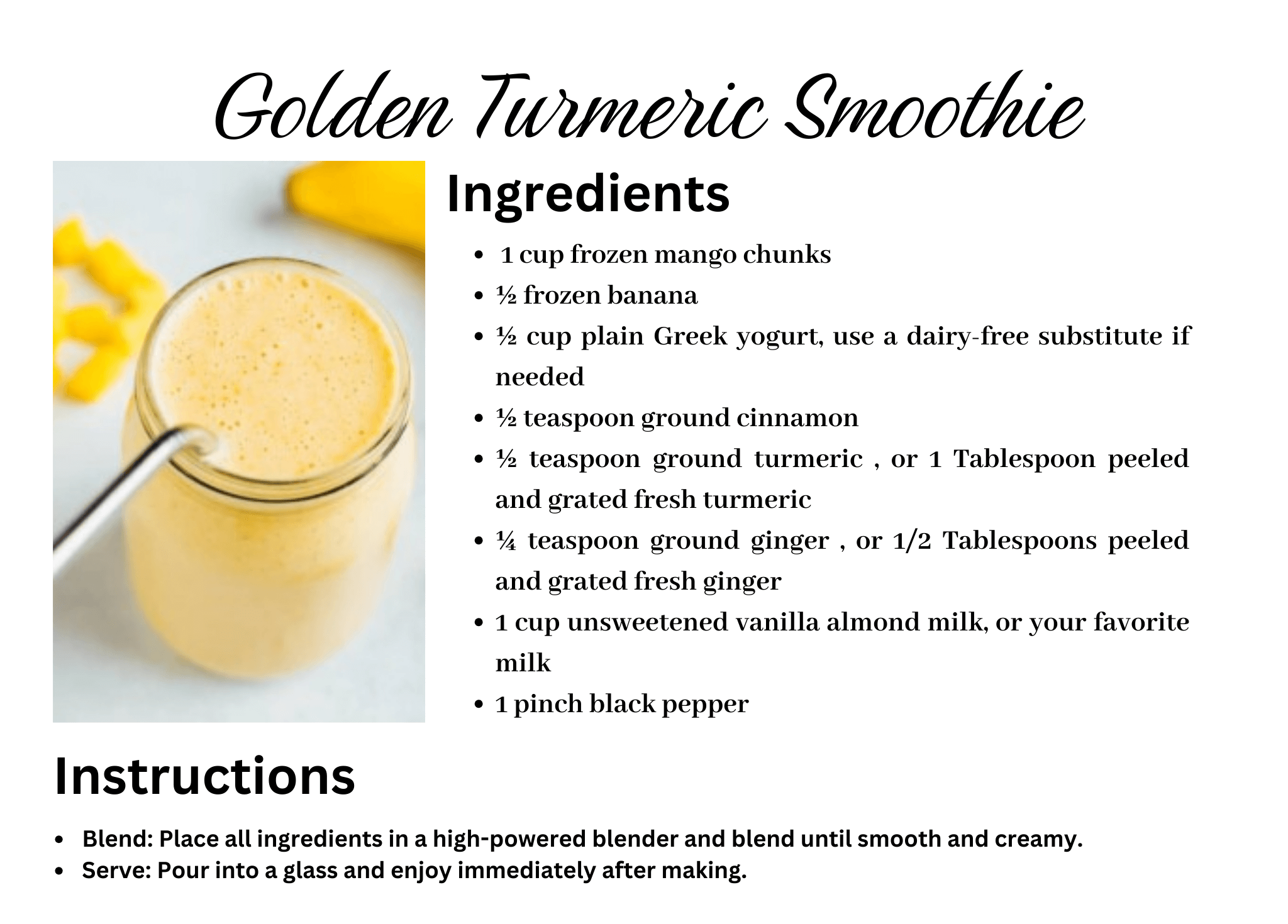
🥬 Green Foods: Bone & Brain Health
Green vegetables are packed with vitamin K, folate, fiber, and lutein, which help keep bones strong, improve brain function, and support digestion.
Key Nutrients in Green Foods:
- Vitamin K: Crucial for bone density and blood clotting.[7]
- Folate: Supports cognitive function and cell repair. [8]
- Lutein: An antioxidant for eye health found in avocados and green leafy vegetables.[9]
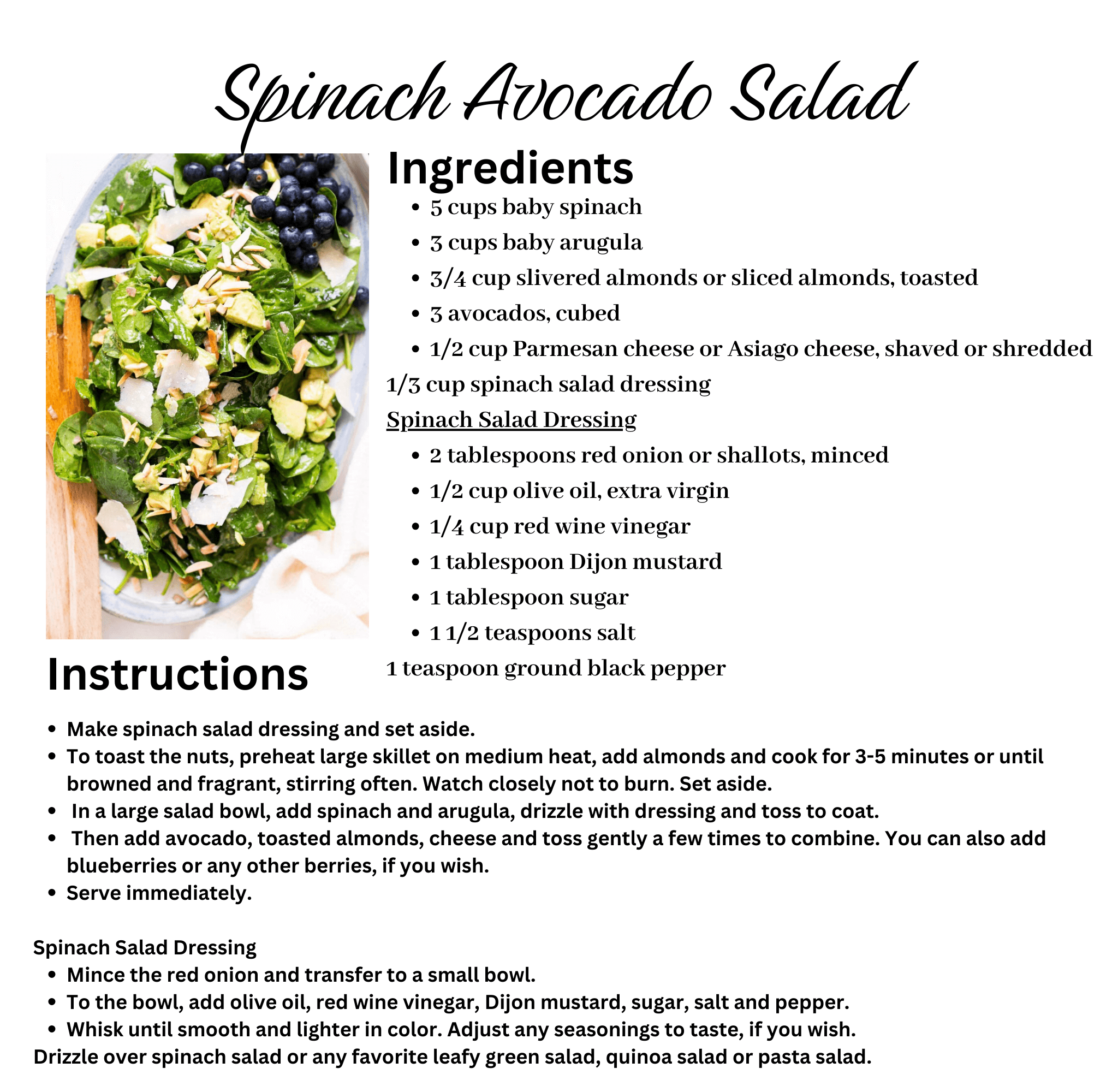
🫐 Blue & Purple Foods: Cognitive Function & Longevity
Blue and purple foods contain anthocyanins, resveratrol, and powerful antioxidants that support brain function, improve memory, and reduce the risk of heart disease.
Key Nutrients in Blue & Purple Foods:
- Anthocyanins: Help prevent cognitive decline and are abundant in blueberries and blackberries.[10]
- Resveratrol: Found in grapes and plums, known for its anti-aging and cardiovascular benefits.[11]
- Antioxidants: Protect cells from oxidative stress, reducing the risk of neurodegenerative diseases.[12]
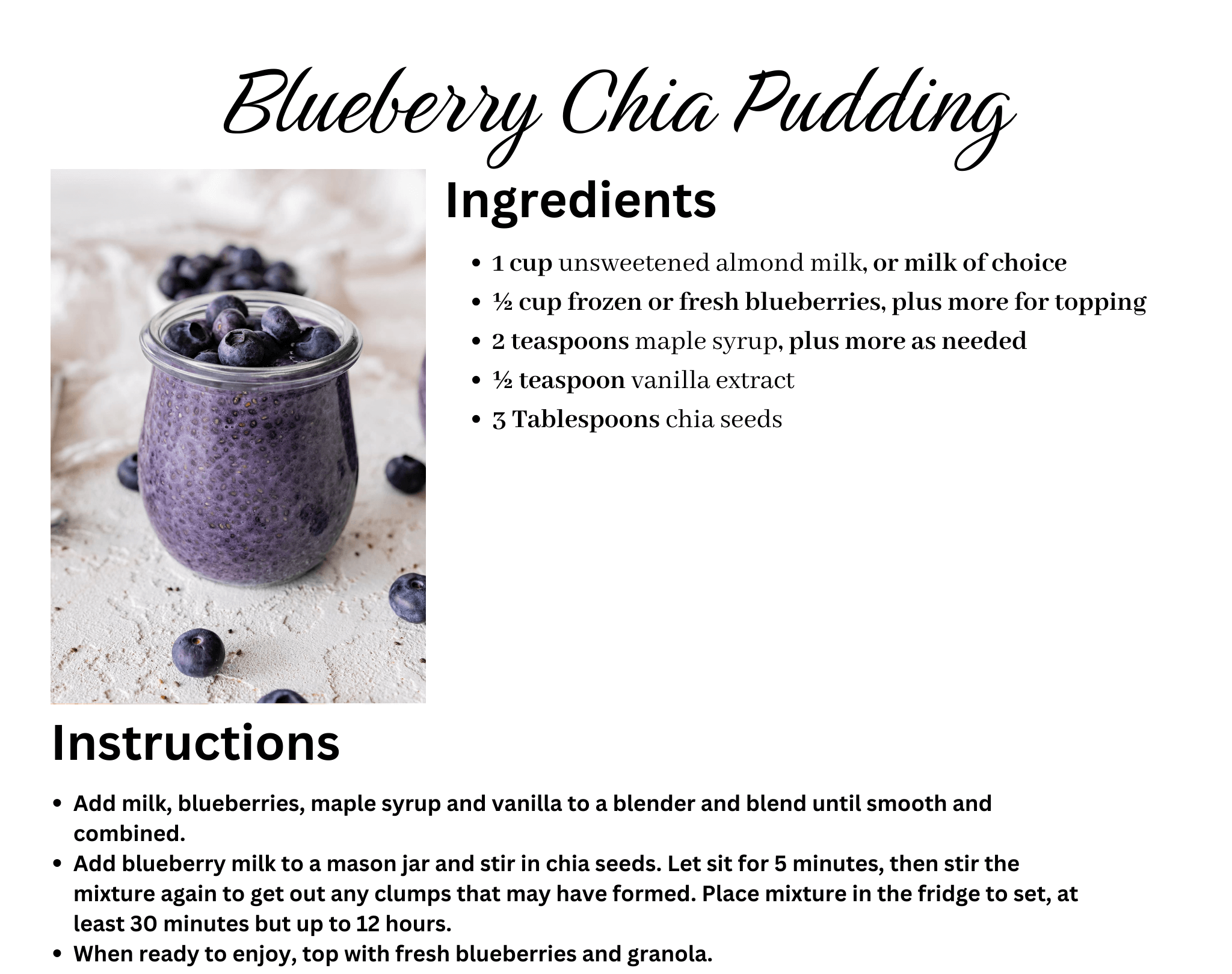
🧄 White & Brown Foods: Immunity & Gut Health
Though often overlooked, white and brown foods provide essential nutrients like allicin, fiber, and potassium, which support digestion, immune health, and cardiovascular function.
Key Nutrients in White & Brown Foods:
- Allicin: Found in garlic and onions, known for its antibacterial and heart-protective properties.[13]
- Fiber: Promotes gut health and is found in mushrooms and cauliflower.[14]
- Potassium: Helps regulate blood pressure and is abundant in bananas (American Heart Association).[15]
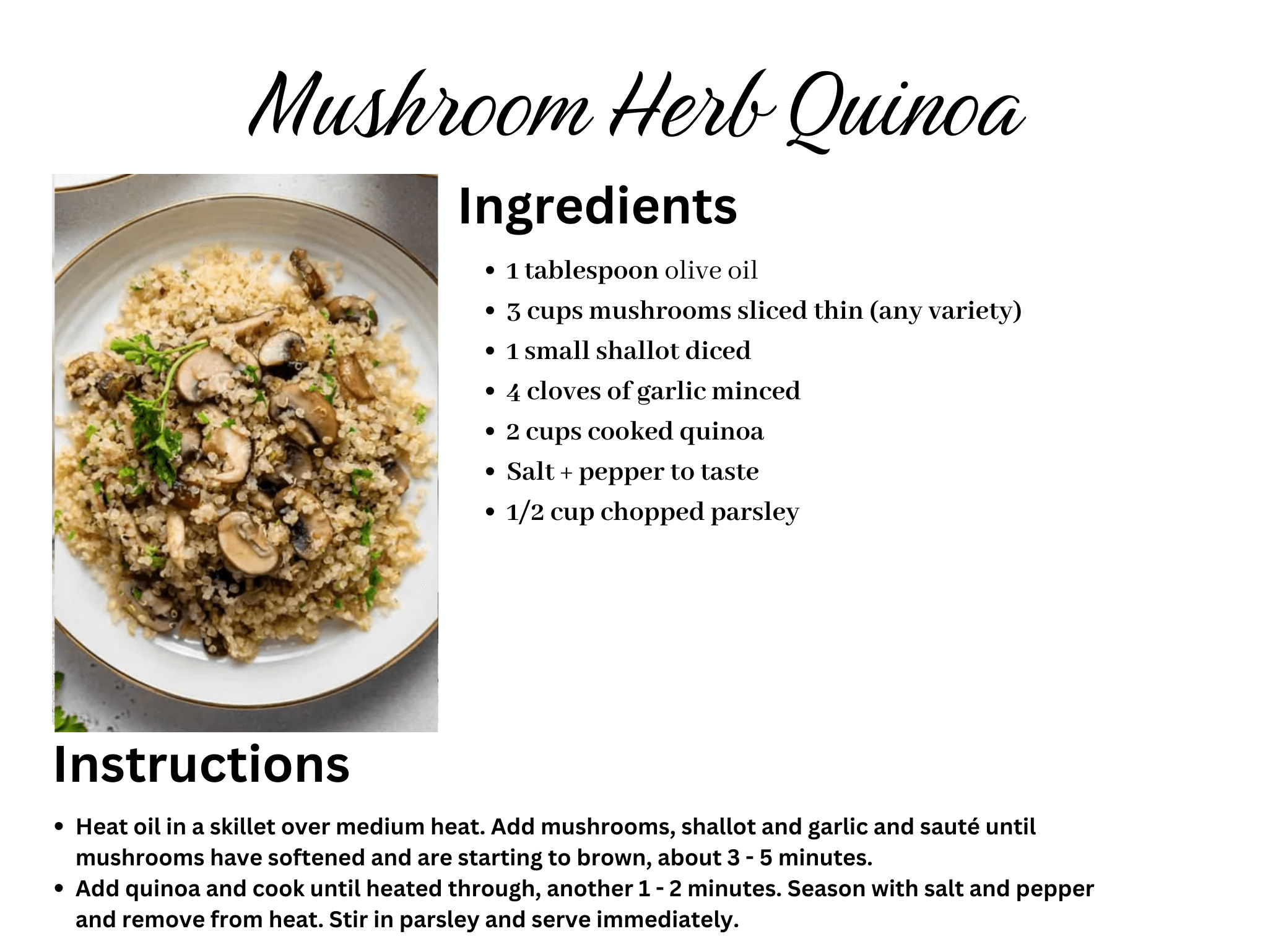
Eating the rainbow is a simple yet powerful way to ensure you’re getting a variety of essential nutrients to support aging well. By incorporating a diverse range of colorful fruits and vegetables into your diet, you can improve your heart health, brain function, immune system, and overall vitality.
Start today by adding just one extra color to your plate and see how vibrant and nourishing your meals can be!
💬 What’s your favorite way to eat the rainbow? Share your thoughts and recipes in the comments!
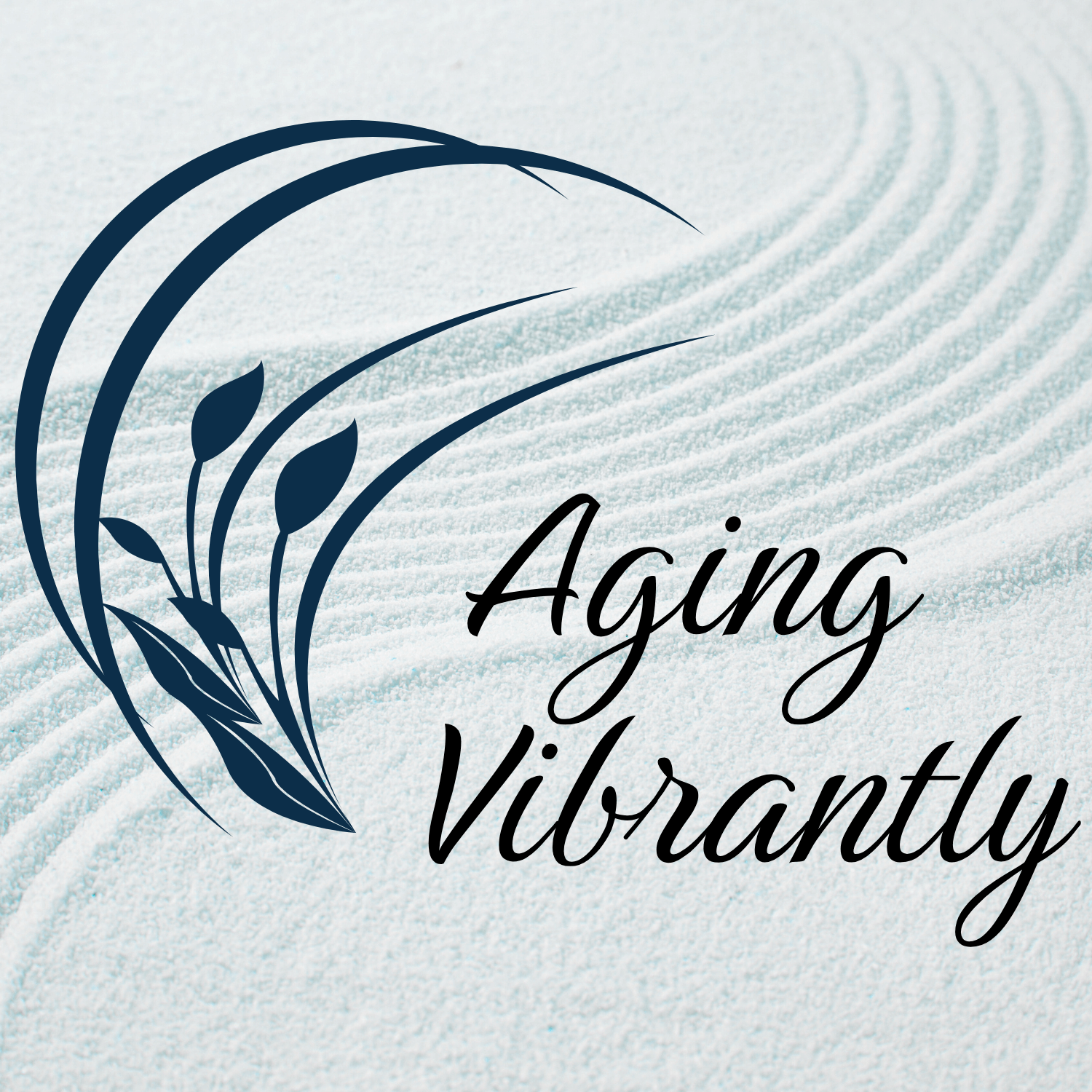


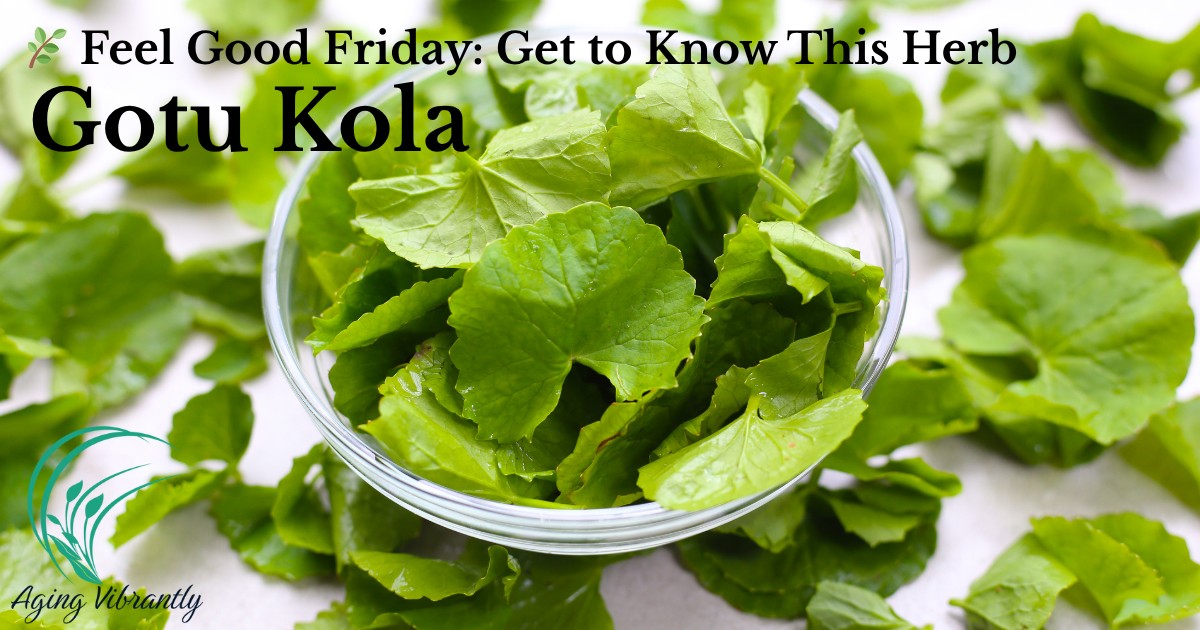


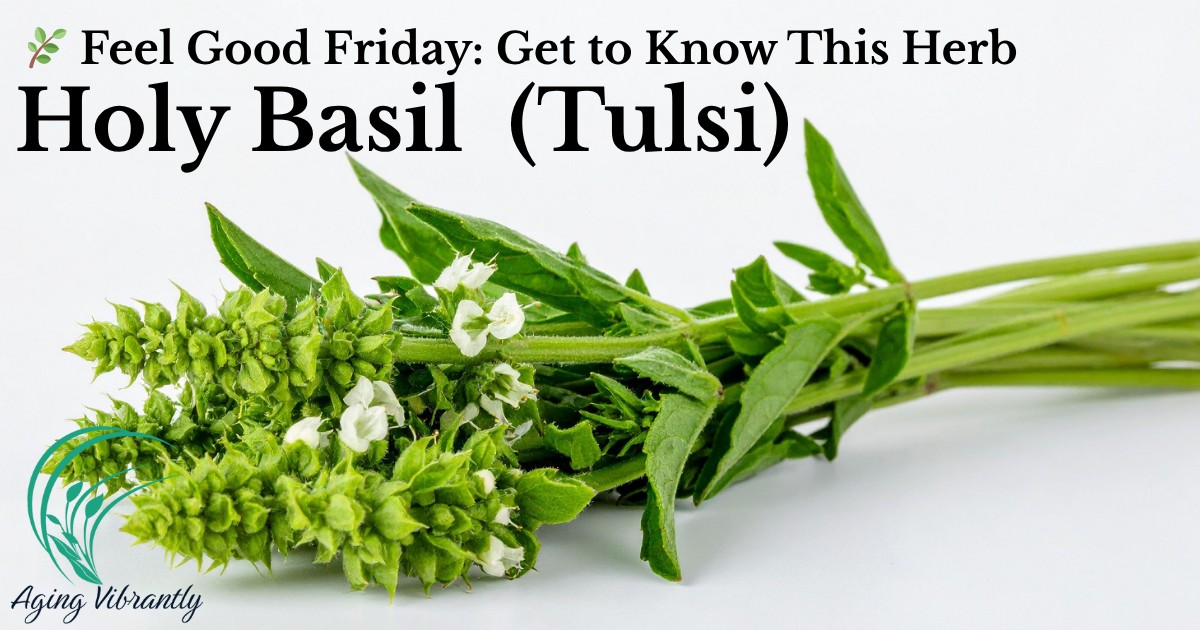


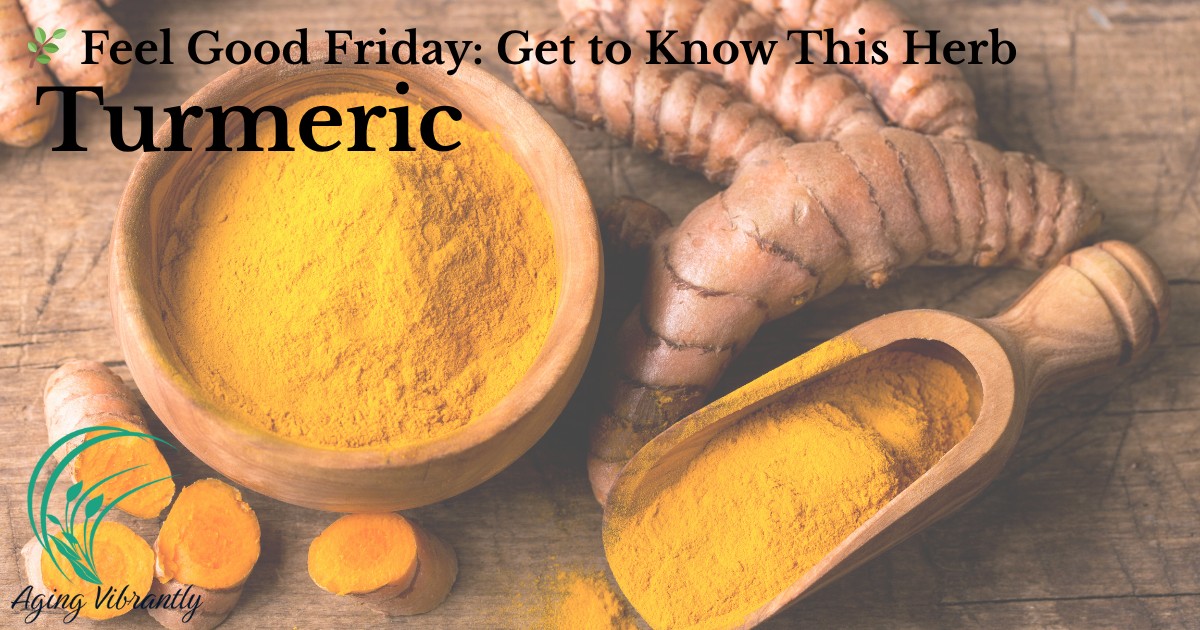



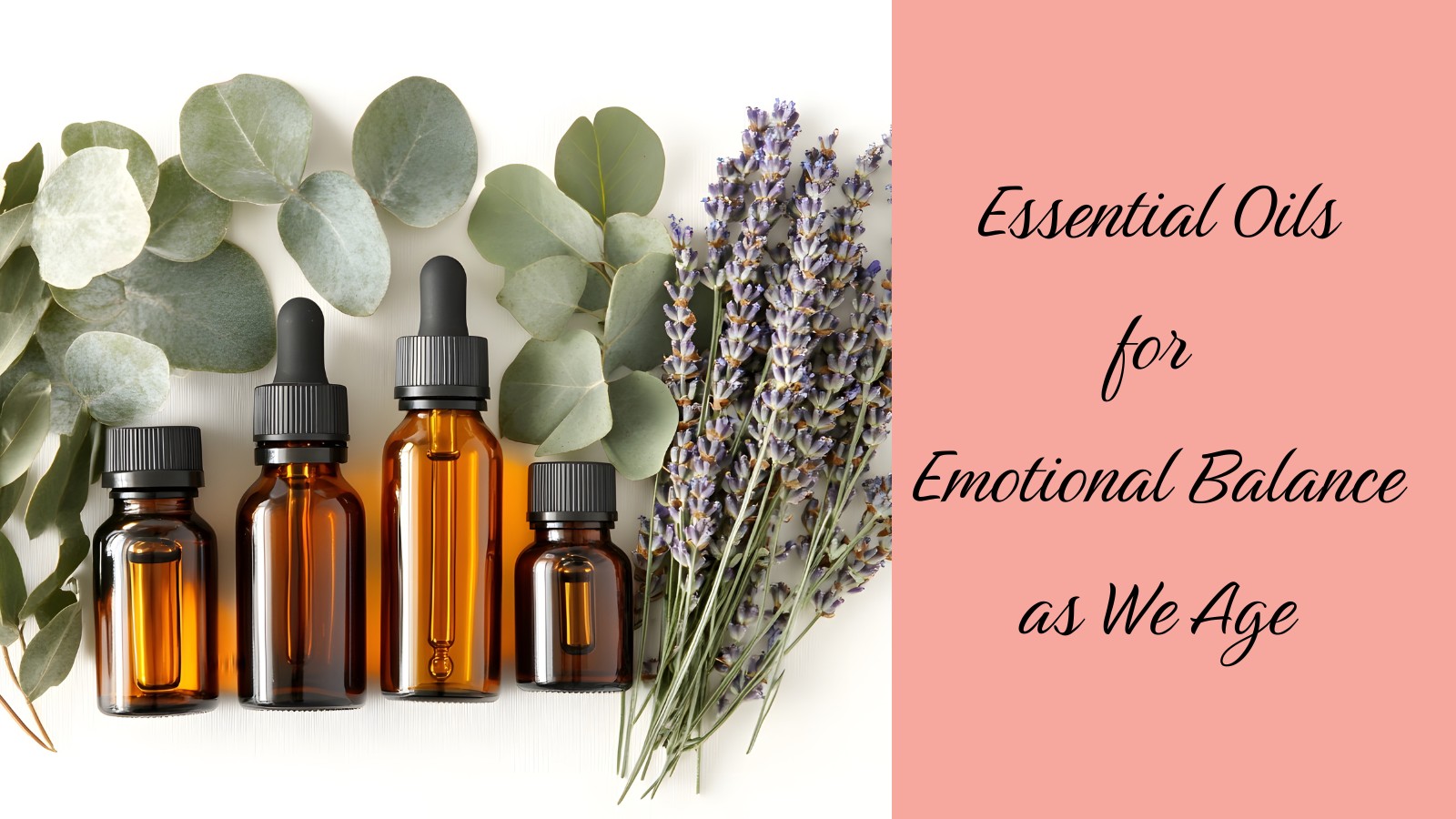

0 Comments